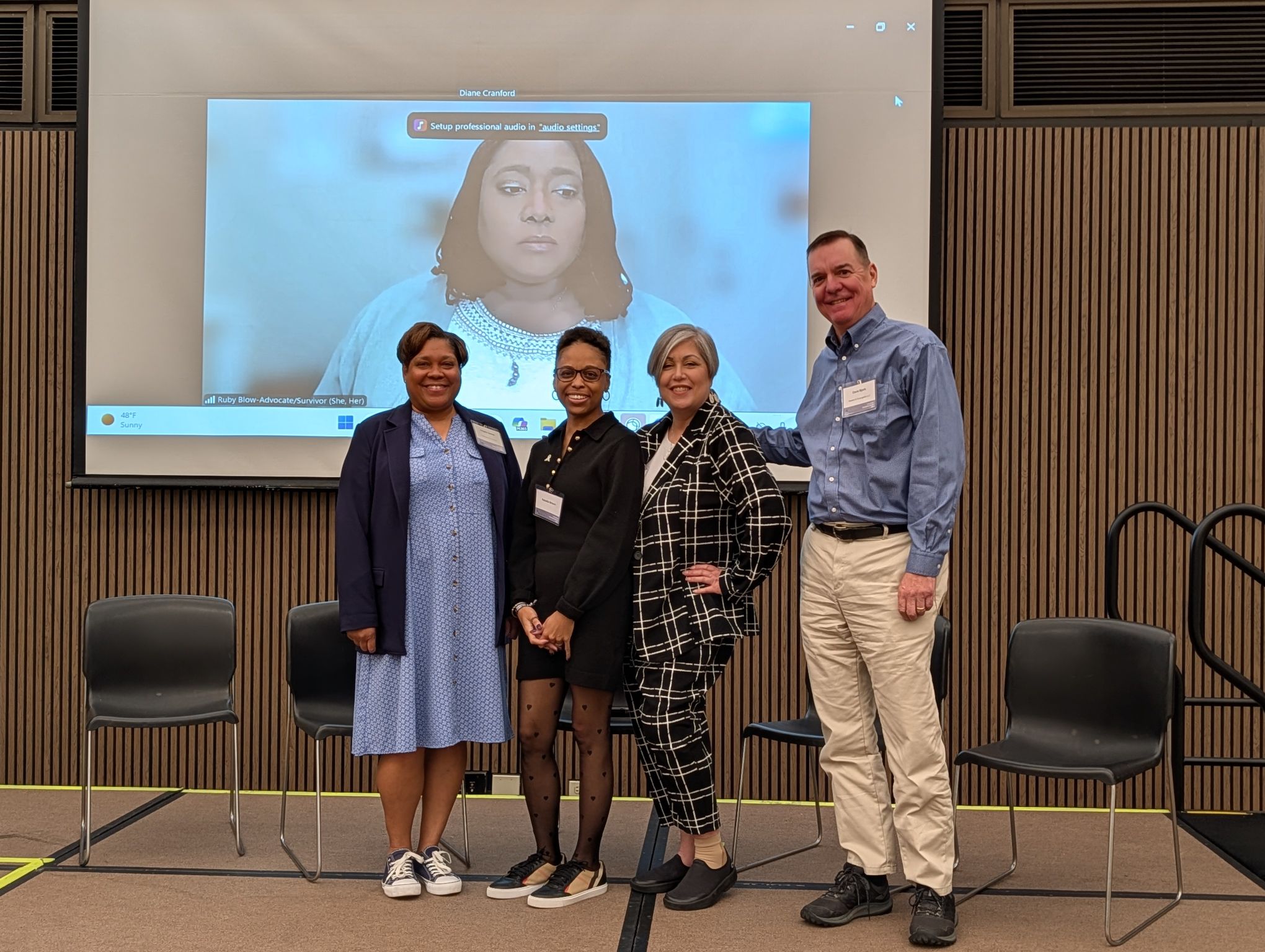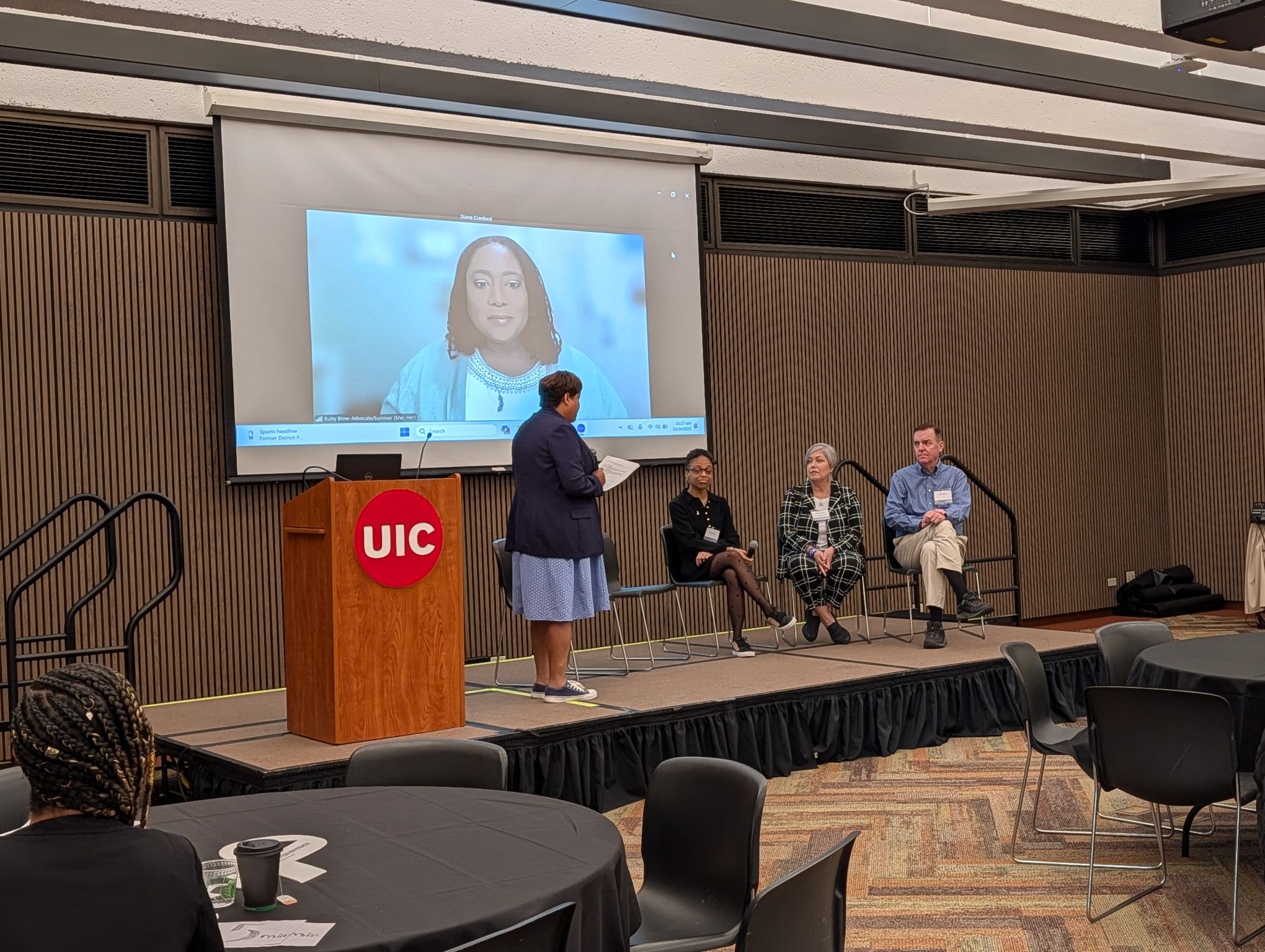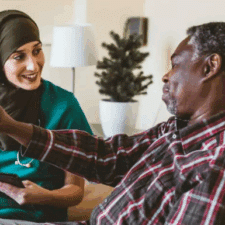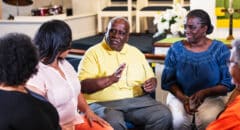
The 2025 SCHEQ Lung Cancer Interventions Summit in Chicago was focused on one main goal: removing barriers and improving outcomes for everyone affected by lung cancer. By bringing patients, clinicians, and researchers together, the event aimed to break down communication silos and build a stronger community dedicated to advocacy and survivorship.
The session, Patient Perspectives on Lung Cancer and Lessons Learned, provided the heart of the summit. Moderated by Angela James of the LUNGevity Foundation, four survivors—Juanita Segura, Ruby Blow, Natalie Brown, and Dave Bjork—shared their battles, revealing critical areas where the system needs to improve.
Key Takeaways from the Panel
1. Demand Comprehensive Biomarker (Genetic) Testing
Biomarker testing—sometimes called molecular or genomic testing—isn’t optional. It’s the foundation of precision medicine. This testing examines the DNA of cancer cells to find mutations that determine how the tumor grows and which drugs will work best.
- Juanita Segura, diagnosed in 2014 with Stage 3B NSCLC and EGFR-positive, was given 18 months to live. She has survived 11 years thanks to the targeted therapy enabled by her testing. Her motivation for advocacy is deeply personal: she fights for breakthroughs so she can have more time for her grandchildren (her “Abuela” title) and her family.
- Ruby Blow, diagnosed in 2018 with Stage IV ALK-positive NSCLC, started a clinical trial. She learned critical information about a dangerous “washout period” between drugs only from fellow patients, proving the power of community-shared knowledge in navigating complex treatments.
Tip: Ask for comprehensive biomarker testing immediately after diagnosis. It’s your roadmap to the right treatment.
2. Be Your Own Advocate—Loudly
Every panelist faced delays, dismissals, or a lack of critical support before and after receiving an accurate diagnosis.
- Juanita was repeatedly told she had asthma for months, despite persistent symptoms. It took an emergency room visit to finally uncover her cancer.
- Dave Bjork was misdiagnosed with pneumonia multiple times over nine months before a radiologist finally noticed a recurring shadow—his tumor.
- Ruby Blow experienced a significant barrier to care when a doctor attempted to dismiss her collapse of one lung, requiring her therapist friend to intervene and successfully advocate for her admission.
Tip: If your symptoms are ignored, push back. Seek a second opinion, ideally from a lung cancer specialist. Your life depends on being heard.
RELATED: Lung Cancer: 8 Ways to Let go of the Guilt of Your Diagnosis
3. The Patient Community Is a Lifeline
Panelists emphasized that some of their most critical, practical, and life-saving information came from other patients—not doctors.
- Juanita found practical help from patient groups for managing severe drug side effects, including psychosis and diabetes caused by TKI therapy.
- Natalie Brown turned to advocacy networks after enduring chemotherapy, immunotherapy, and three failed clinical trials before pursuing a life-saving double lung transplant.
- Dave uses his Research Evangelist Podcast to connect patients and scientists, demonstrating the power of survivors to drive medical progress.
Advocacy and support groups also play an essential role in sharing knowledge, emotional strength, and resources:
- LUNGevity Foundation – Funds research, offers education, and connects patients nationwide.
- GO2 for Lung Cancer – Provides advocacy, education, and patient support.
- American Lung Association – Fights stigma and pushes for federal research funding.
- Mutation-specific groups – EGFR Resisters and ALK Positive provide focused, patient-led guidance and research support.
Tip: Join a community. These groups turn isolation into empowerment and can literally change treatment outcomes.

4. Supportive Care is Not Optional
Supportive care focuses on managing pain, side effects, and mental health. The panelists stressed that the overall cost of cancer care goes far beyond the medical bill, creating financial toxicity.
- Dave Bjork endured months of excruciating pain because no one referred him to a pain clinic, highlighting a failure in supportive care.
- Natalie Brown’s journey, which involved a high-risk bilateral lung transplant, required her to relocate to Chicago for treatment. This meant not just a massive medical bill, but crippling non-medical expenses like temporary housing, travel, and lost wages for herself and her caregiver—a profound financial burden that can prevent access to life-saving care.
Tip: Ask for referrals to pain management, counseling, and social work as early as possible. Address the financial burden with your social worker immediately.
RELATED: Living with Lung Cancer: How to Find Your Community?
5. Fight the Stigma—Anyone Can Get Lung Cancer
Every survivor confronted the same painful question: “Did you smoke?” The stigma distorts public perception, damages emotional health, and affects research funding.
- Dave summed it up best: “Anybody can get lung cancer. It’s a disease of the lung, and if you have lungs—you’re at risk.”
- Ruby, diagnosed young and without traditional risk factors, and Natalie are powerful examples of the fact that this disease is not limited by age or lifestyle.
Tip: Challenge the stereotype. Stigma costs lives by discouraging screening, funding, and empathy.








